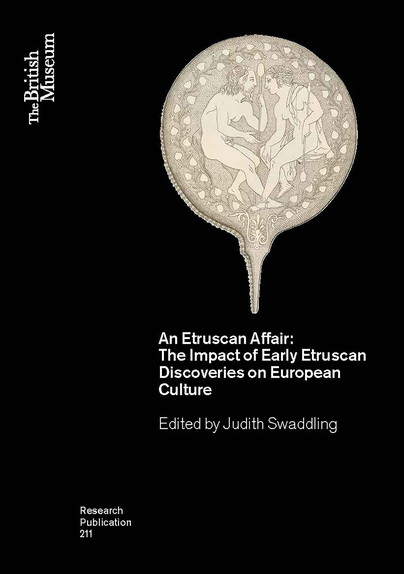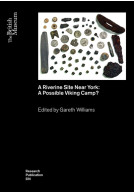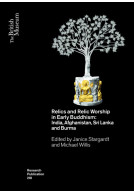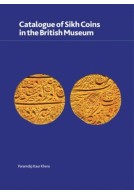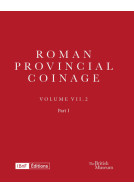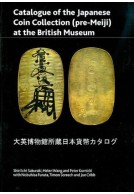An Etruscan Affair (Paperback)
The Impact of Early Etruscan Discoveries on European Culture
Imprint: British Museum Press
Series: British Museum Research Publications
Pages: 200
Illustrations: 160
ISBN: 9780861592111
Published: 31st October 2018
Script Academic & Professional
Series: British Museum Research Publications
Pages: 200
Illustrations: 160
ISBN: 9780861592111
Published: 31st October 2018
Script Academic & Professional
You'll be £40.00 closer to your next £10.00 credit when you purchase An Etruscan Affair. What's this?
+£4.99 UK Delivery or free UK delivery if order is over £40
(click here for international delivery rates)
Order within the next 3 hours, 45 minutes to get your order processed the next working day!
Need a currency converter? Check XE.com for live rates
(click here for international delivery rates)
Order within the next 3 hours, 45 minutes to get your order processed the next working day!
Need a currency converter? Check XE.com for live rates
This volume considers how the discovery of Etruscan sites and artefacts has inspired artists, architects, statesmen, collectors, scholars and travellers to Italy from the 16th through to the 20th century, from Ferdinando de' Medici to Piranesi and Federico Fellini. Subjects include the reclaiming of Etruscan identity and its influence on Italian political history, the collecting and reproduction of Etruscan artefacts, as well as new insights into the lives and activities of early British Etruscologists and the pleasures and perils which they encountered on their travels. Other essays look at Etruscan concepts in jewellery, gems and pottery. The extent of Etruscan influence on European culture has often been underestimated, but still less well known till now is how knowledge of certain aspects of Etruscan civilisation spread to the United States of America, as demonstrated, for example, by the tomb of a Civil War officer which was inscribed with an intriguing Etruscan-like inscription.
A key theme under consideration is the impact that Etruscan discoveries have had on the public imagination, in particular the Campanari display of reconstructed Etruscan tombs staged in Pall Mall in 1837 - the first archaeological ‘blockbuster’ exhibition of its kind. The British Museum acquired much of this material, and the excavation of Etruscan tombs with their stunning wall-paintings was to have a lasting impression on displays in the major museums of Europe. But before that, Etruscan material was among Sir Hans Sloane’s collection, the founding collection of the British Museum, and it has been on display since the Museum first opened its doors to the public in 1759.
Other titles in the series...
Other titles in British Museum Press...







